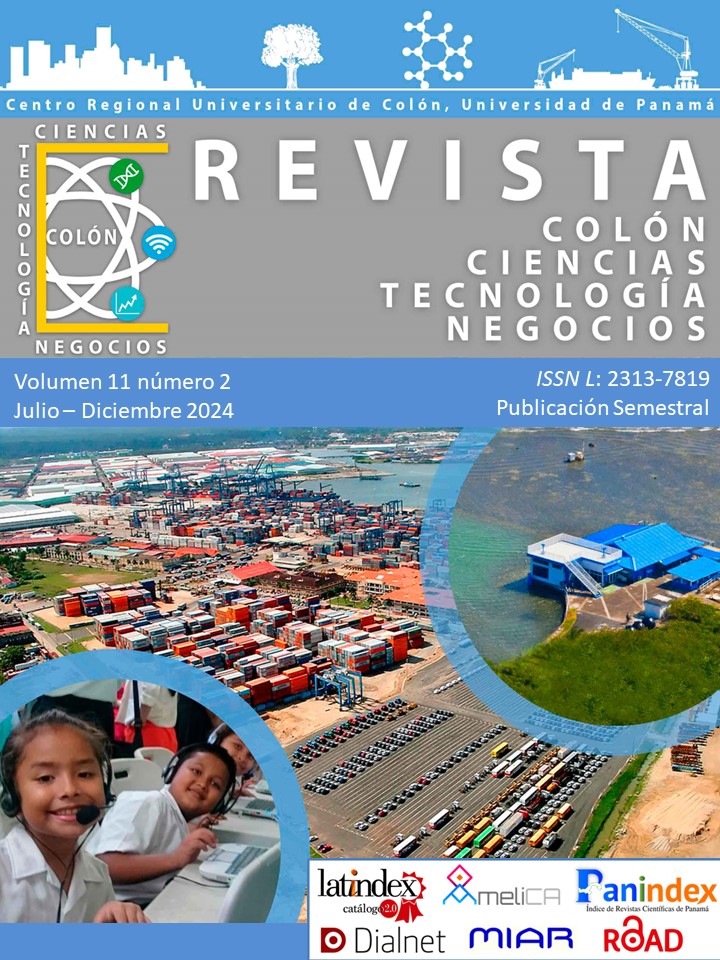

Copyright (c) 2024 Revista Colón Ciencias, Tecnología y Negocios

This work is licensed under a Creative Commons Attribution-NonCommercial-ShareAlike 4.0 International License.
The demographic transition in the country has led to an aging population. This change and the increase in the economically active population have facilitated labor turnover and, consequently, labor retirement. However, in 2020 the COVID-19 pandemic revealed the fragility of the economic and financial situation of public and private organizations, resulting in many layoffs. In addition, the increase in the cost of the primary family basket and other factors, such as the cost of health care associated with aging, underscores the need to propose savings strategies to mitigate the impact of an unexpected layoff. This study aims to develop a proposal for a model of a voluntary corporate retirement plan. The actuarial valuation method of the Projected Unit Credit method was used according to the International Accounting Standard 19 Employee Benefits (IAS 19). The data used were obtained from a population of 822 employees of an insurance company in Panama. As the main result, a non-contributory defined benefit plan model was developed, which is viable for implementation in the company and would provide the employees with an economic benefit in their voluntary retirement.